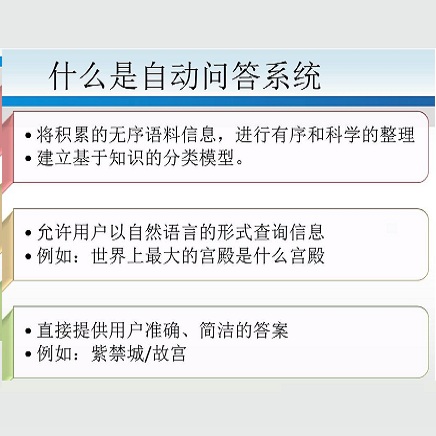In this paper, we present a method to mine object-part patterns from conv-layers of a pre-trained convolutional neural network (CNN). The mined object-part patterns are organized by an And-Or graph (AOG). This interpretable AOG representation consists of a four-layer semantic hierarchy, i.e., semantic parts, part templates, latent patterns, and neural units. The AOG associates each object part with certain neural units in feature maps of conv-layers. The AOG is constructed in a weakly-supervised manner, i.e., very few annotations (e.g., 3-20) of object parts are used to guide the learning of AOGs. We develop a question-answering (QA) method that uses active human-computer communications to mine patterns from a pre-trained CNN, in order to incrementally explain more features in conv-layers. During the learning process, our QA method uses the current AOG for part localization. The QA method actively identifies objects, whose feature maps cannot be explained by the AOG. Then, our method asks people to annotate parts on the unexplained objects, and uses answers to discover CNN patterns corresponding to the newly labeled parts. In this way, our method gradually grows new branches and refines existing branches on the AOG to semanticize CNN representations. In experiments, our method exhibited a high learning efficiency. Our method used about 1/6-1/3 of the part annotations for training, but achieved similar or better part-localization performance than fast-RCNN methods.
翻译:在本文中, 我们展示了一种方法, 用来从受过训练的进化神经网络( CNN) 的螺旋层中解析物体的图案。 被埋雷物体的图案用And- Or 图( AOG) 来组织。 这种可解释的AOG 表示方式由四层语义结构结构组成, 即语义部分、 部分模板、 潜在图案和神经单位。 AOG 将每个对象部分与 conv- 级特征图中的某些神经单元联系起来。 AOG 的构建方式是薄弱的, 也就是说, 对象部分的说明( 例如, 3-20) 很少被用来指导AOOG 的学习。 我们开发了一个问题解答( QAA) 方法, 从受过训练的CNNCM 结构中, 使用积极的人类计算机通信与矿床模式, 以便逐步解释conv- 层的特性。 在学习过程中, 我们的QAAAA 方法使用当前的AOG 进行局部化, 进行局部化, 方法, 但是, 部分, QAAAAAAAAAA 方法要积极地辨化方法用来辨化方法, 其特征图案的特征图案解的特征图案解方法, 之后, 和SOGOG- 逐渐研解到新的方法。




